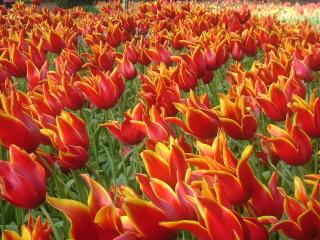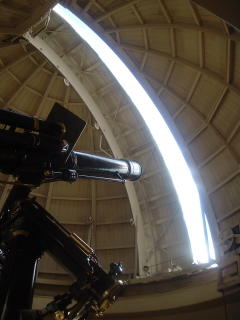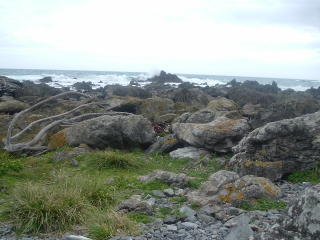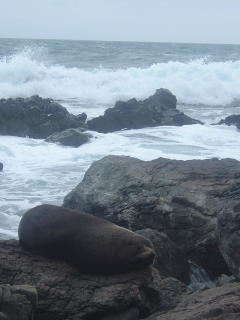New Zealand doesn't require a lot of adjustment for Americans. Other than the really long flight to get here and the fact I needed a passport, in a lot of ways I may as well be visiting an unfamiliar state. The language is the same, except for a new accent, and that takes away of lot of the strangeness of a new country. Not to mention a lot of the brand names are the same. Almost all the movies, music and TV are the same, although a few month behind. I'm certainly not dealing with the things my friends in
South Korea or
Kazakhstan are.
There are a few differences, however. Little things that strike you just when you'd forgotten you were in a far-away land.
The Kiwis don't use a penny. They still price things to 99 cents, but if you're paying in cash, the grocery stores automatically round up or down to the nearest 5 cents.
They drive on the wrong side of the road. This also means cars are still going the wrong way in relation to me as I walk around.
The newspapers are an inch or so wider than American broadsheets. (This detail may be more important to me than it would be to others).
They speak, as I've said before, in a funny accent. This doesn't usually present problems, but three times now I've been watching the news and had absolutely no idea what one of the interview subjects said. Of course, this also happened to me from time to time when I lived in Mississippi.
I still find myself making conversions in my head, as well. Most of these are easy. Kilograms to pounds - 2.2. Kilometers to miles - 0.6. Kiwi dollar to U.S. dollar - .70.
Shopping is the first area it gets tricky. Produce and meat is priced in dollars per kilo, so I do two conversions: divide the price by 2.2 to get price per pound. Then try to calculate 70 percent of the number, to get the U.S. dollar equivalent.
Even then, I still don't really have a number that means anything, because I'm comparison shopping with stores in the U.S. rather than other shops in New Zealand, where I could actually use an alternative. But it makes me feel better to know just how much more I'm paying for green peppers here than I did in the States.
With temperature, though, I'm lost. Not only is the conversion a whole formula (algorithm?) rather than a simple ratio, it's not a formula I know, or can keep in my head. And temperatures given in Celsius mean nothing to me. I have no concept of what 17 feels like as opposed to 13, or 27, or 2. Not like I just
know the difference between 55 and 65, or 30, or 88, or 47. So even when I see a weather forecast, what the day feels like surprises me.
The other big difference is one only roughly half the traveling population would have to deal with. The urinals here took some getting used to. No. 1, because you can't flush them. Every urinal I've seen has no flushing mechanism, not even an automatic sensor after each use. They are simply hooked up to a pipe that either continuously runs water into them, or, most often, flushes them on a standard time interval. I don't know if they are usually flushed every 15 minutes, every 30 minutes, every hour, every week - I've never spent enough time in any one public bathroom to know. But it was a little odd the first time I walked into a bathroom and suddenly every urinal started to flush.
For No. 2, as often as not the urinal will simply be a large metal trough, flush against the wall from about floor to chest height. Then in front will be a small platform to stand on. Occasionally, it's simply a grate of sorts, and the drain is actually beneath your feet.
The Kiwis build urinals you have to walk into to pee.
That's a difference.
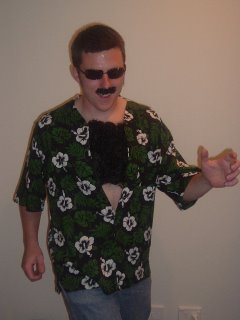 The party, and the weekend, were a success. Kirsten went through some trouble to dress up as Velma from Scooby-Doo, and I went to less trouble to look marginally like Shaggy. There were schoolgirls, a sheep, and, thanks to some $2.50 "chest hair" from the local all-in-one store, Magnum P.I.
The party, and the weekend, were a success. Kirsten went through some trouble to dress up as Velma from Scooby-Doo, and I went to less trouble to look marginally like Shaggy. There were schoolgirls, a sheep, and, thanks to some $2.50 "chest hair" from the local all-in-one store, Magnum P.I. The archived ramblings of my time as a world traveler up to my current life in Washington, D.C.
The archived ramblings of my time as a world traveler up to my current life in Washington, D.C.
